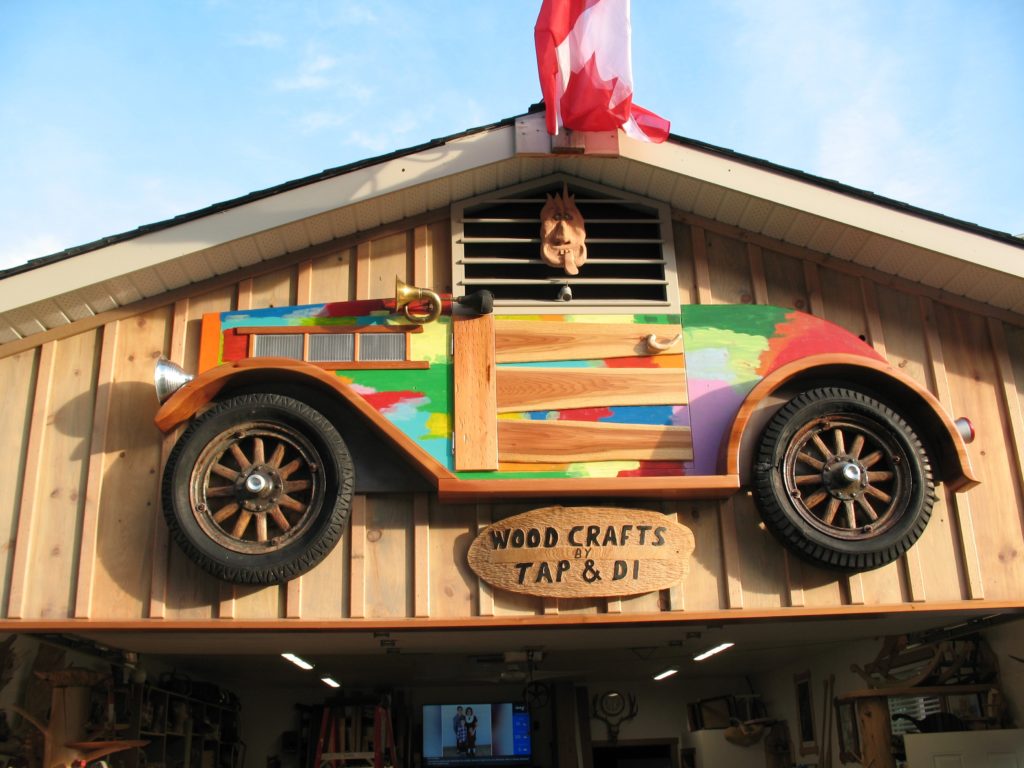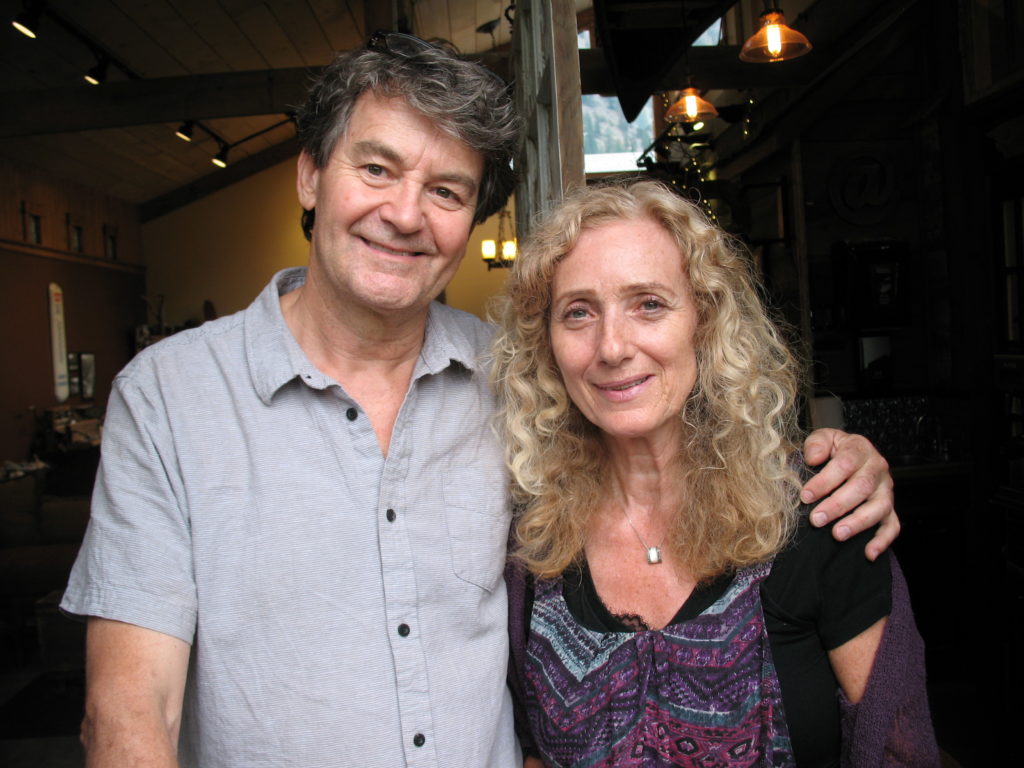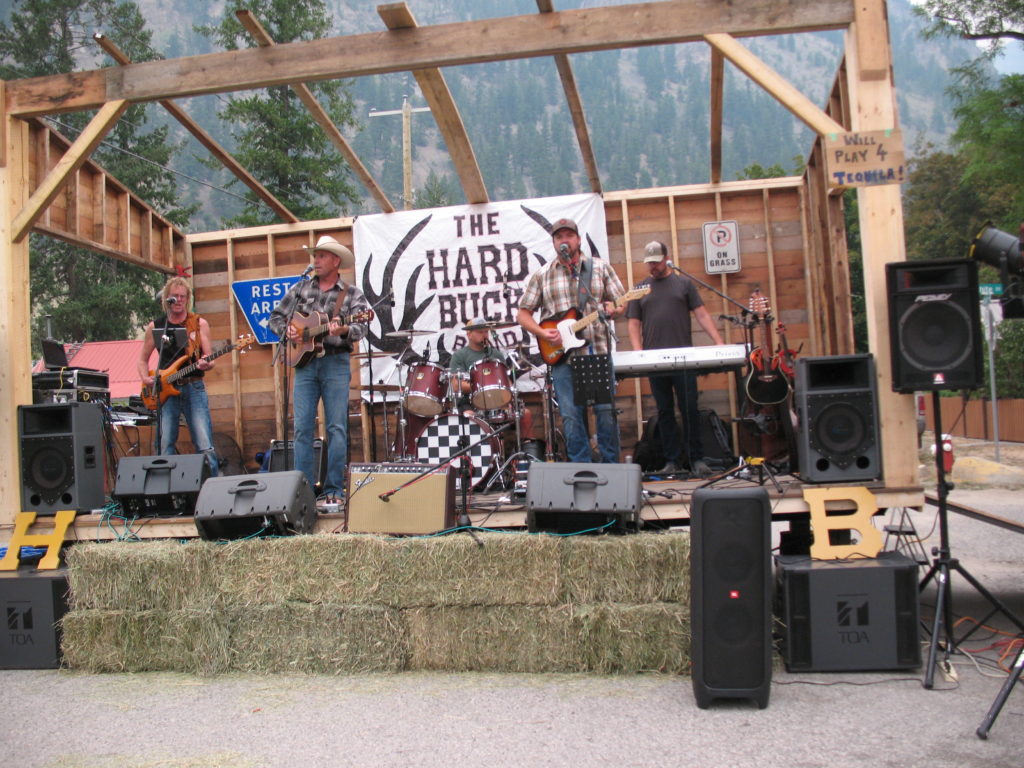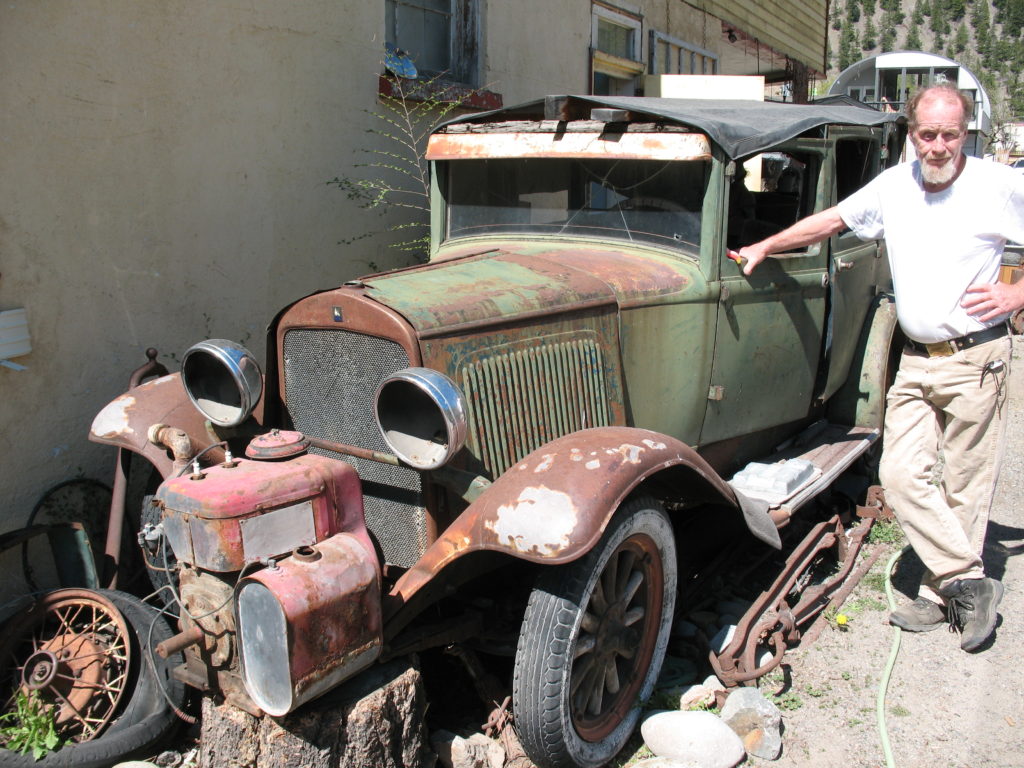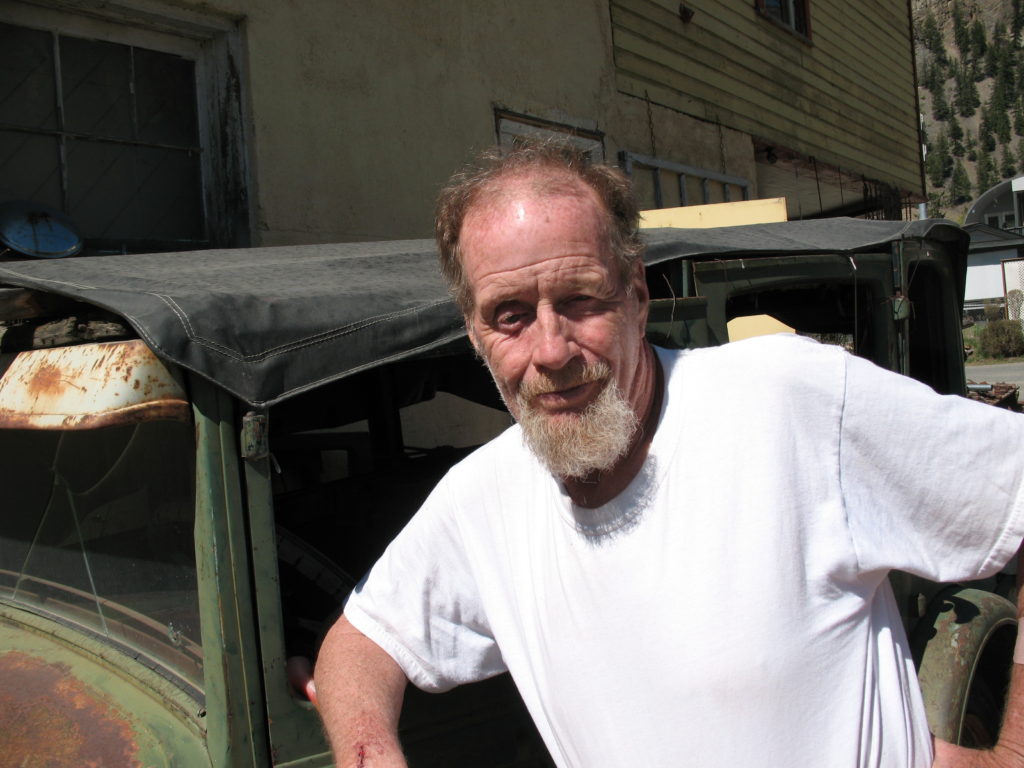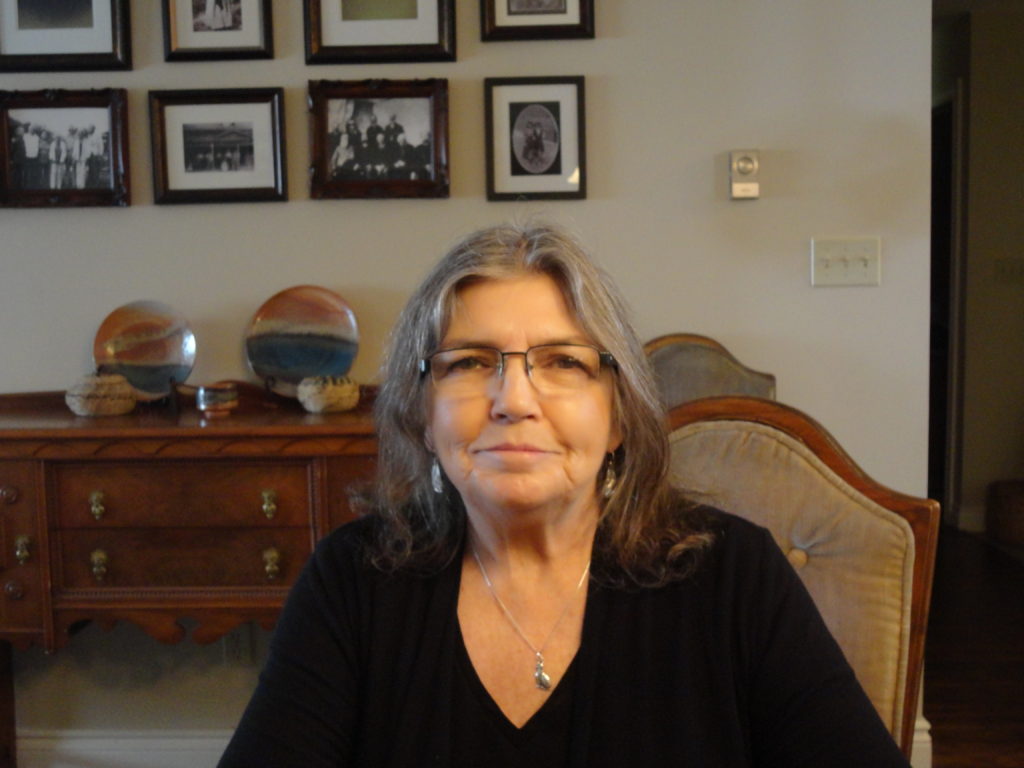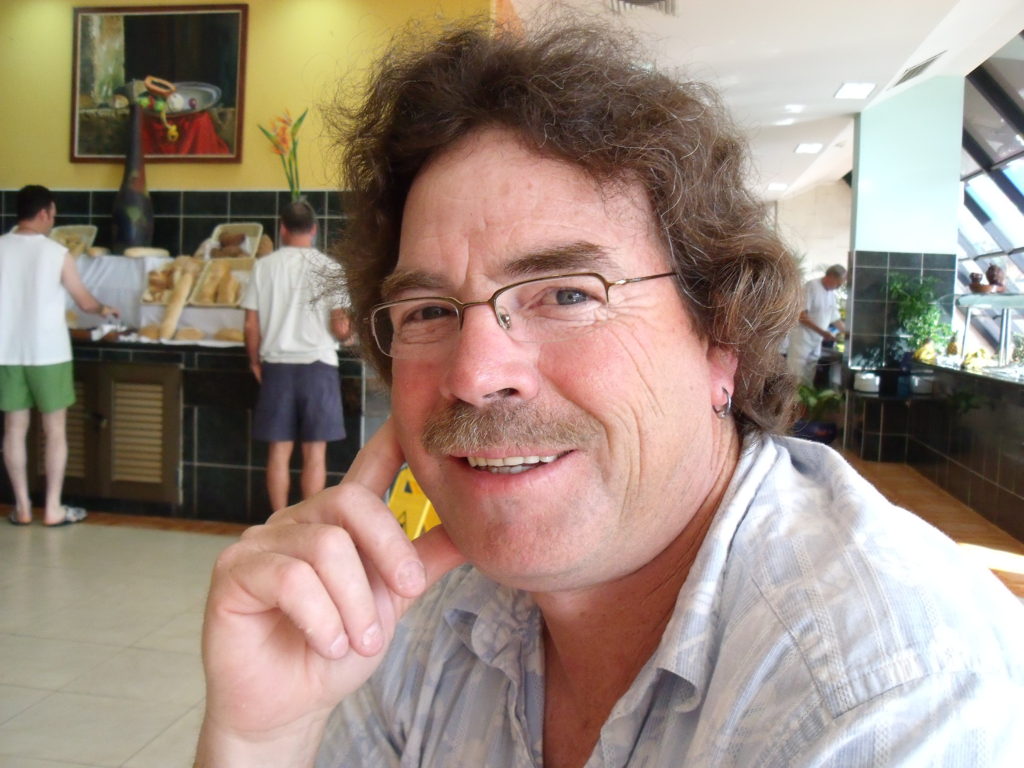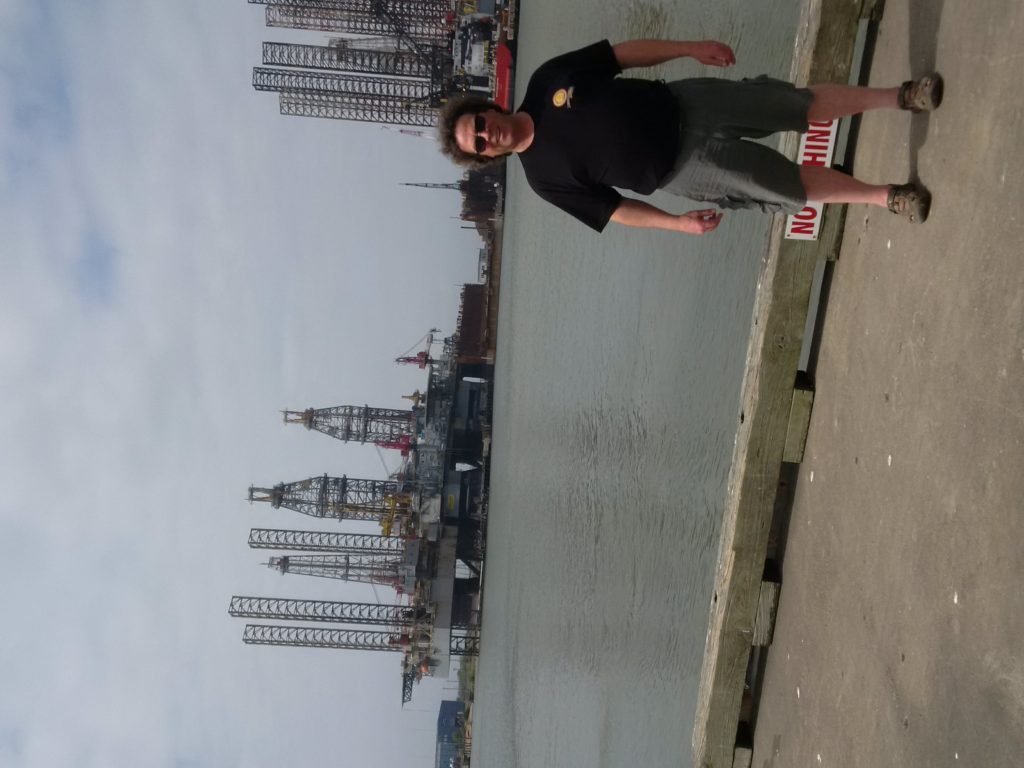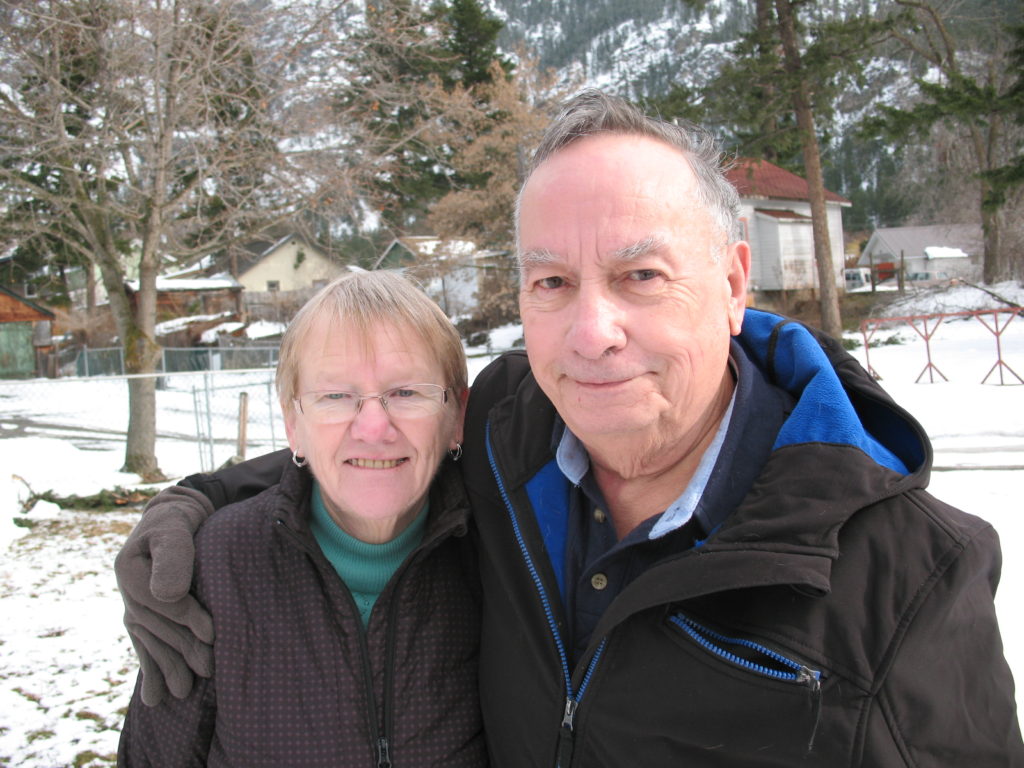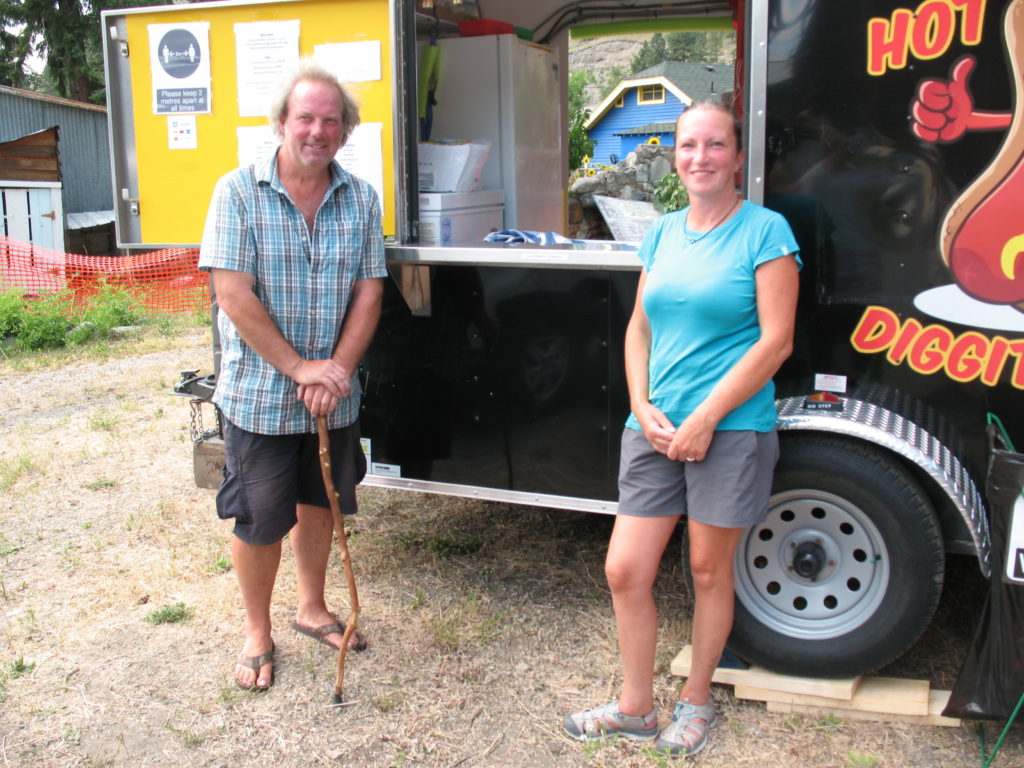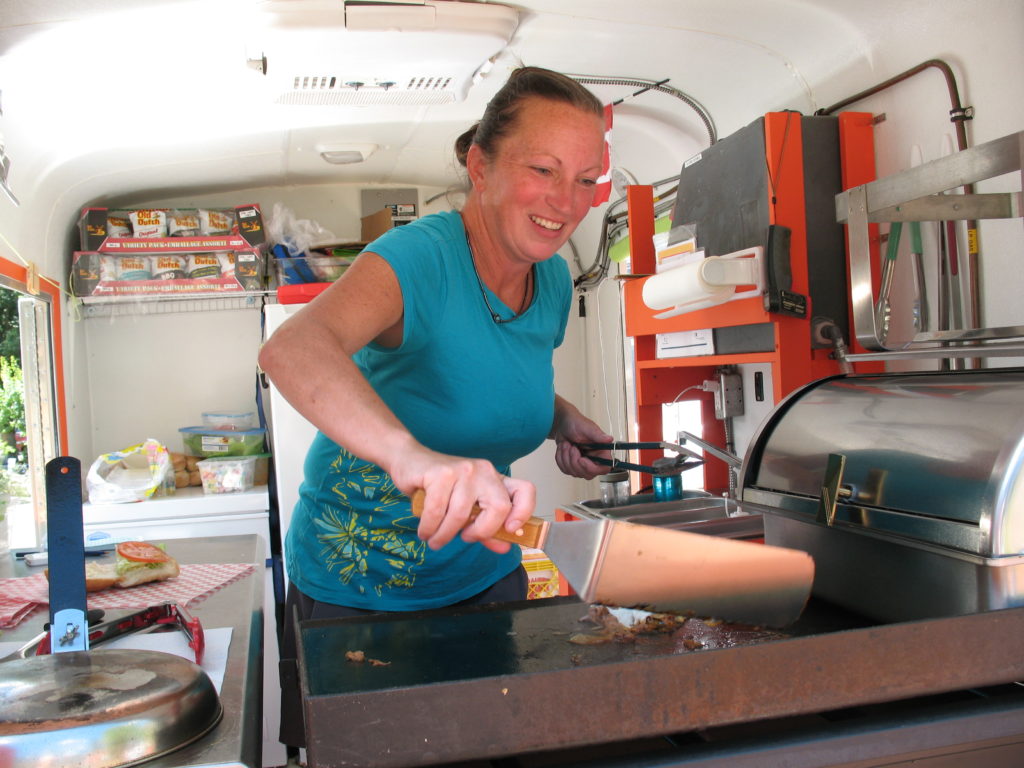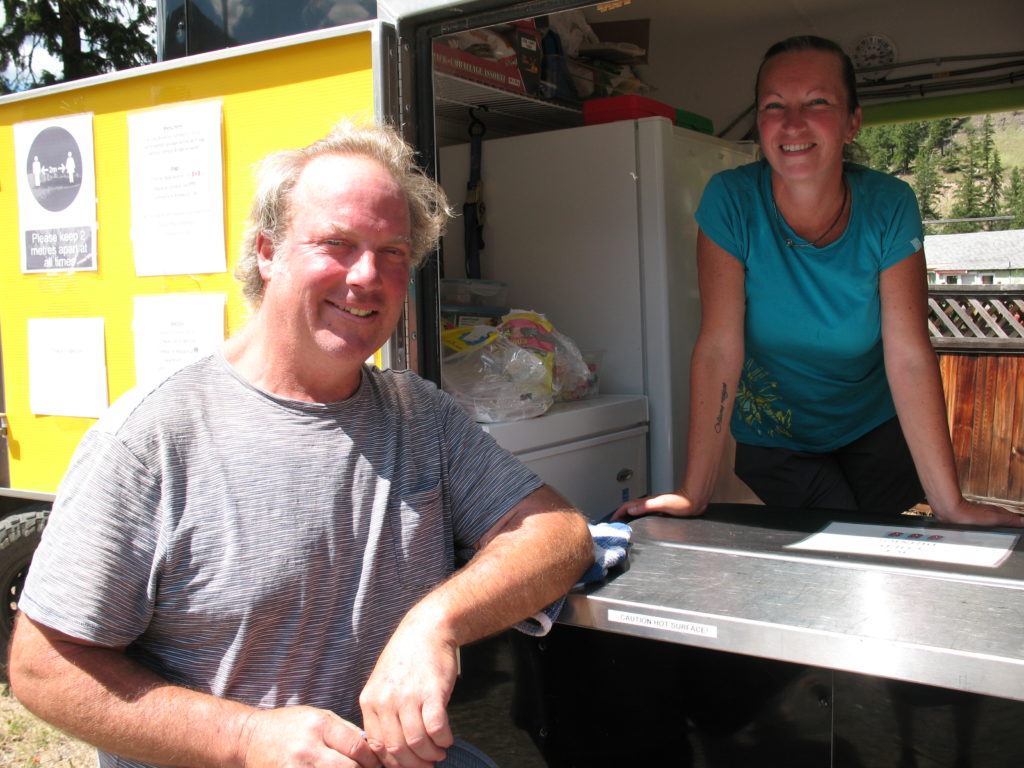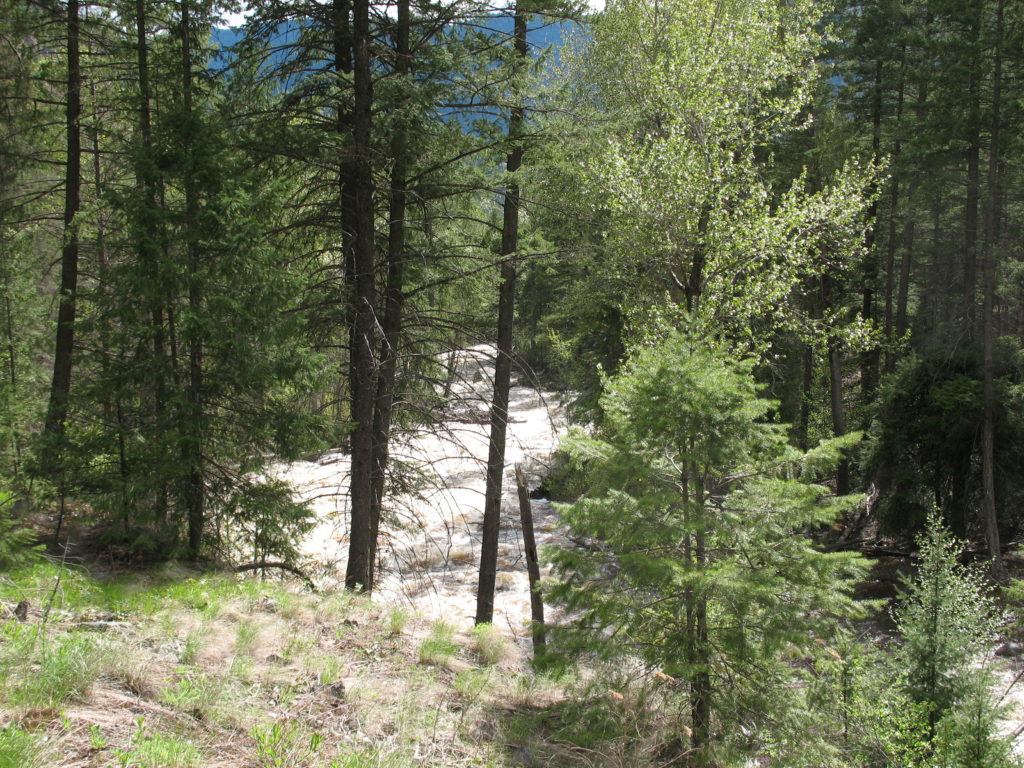 In grade eight, I was profoundly stirred by Robert Frost’s poem, “The Road not Taken.” He wrote, “Two roads diverged in a wood, and I—
In grade eight, I was profoundly stirred by Robert Frost’s poem, “The Road not Taken.” He wrote, “Two roads diverged in a wood, and I—
I took the one less travelled by,
And that has made all the difference.”
Now, after observing individuals in my own life, and much pondering, I realize that the thoughts we think, the words we speak, and the actions we take, will determine what road we choose in life. One man, an elderly inmate serving a lengthy sentence at Matsqui Institution helped me understand that if we want adventure, fulfillment. and a sense of purpose, we cannot leave this decision to chance.
I met Albert at the Matsqui prison when I was doing research for a university course on inmate culture. For much of his 68 years, Albert (better known as Red) had experienced life from inside prison fences. Deeply addicted to heroin, he was doing time for possession and trafficking in drugs. He had been successful in the drug “business,” but not at staying out of prison.
Over many years, in dangerous prisons like St. Vincent de Paul in Quebec, Stony Mountain in Manitoba, St. Albert in Alberta and the BC Penitentiary, Albert had learned how to survive. He didn’t complain or annoy the guards, and he never hid a knife or steel bar in his cell.
If there was no one else in the hobby shop, Albert felt free to talk. Smoking was still permitted in the prison and usually he sat in his hard backed chair, blowing smoke rings or meticulously rolling a cigarette. His hair was always neatly combed. Wearing steel rimmed glasses, even in the grey prison garb, he could have been mistaken for a college professor. It was from him I learned the in-house language used by inmates so guards wouldn’t understand. I also learned about their values and attitudes, how drugs were smuggled into the prison, and much more.
Because he didn’t create problems, Albert had earned a measure of trust and had been given responsibility for running the hobby shop. He was at times awarded a “temporary absence pass” to go with a staff member to buy supplies. On one occasion I arranged for Albert and several fellow inmates to meet with a small group of men from the community for a “get acquainted” session. The owner of a local book store arrived late, and because the men were wearing street clothes, he didn’t realize they were inmates. Albert impressed him with his understanding of life and later the businessman said, “It sure was good of the Warden to come.” He was speaking of Albert.
Albert seemed so knowledgeable and self assured, it was only when he was released on parole that I realized he had a major deficiency. Although Matsqui had offered him several university level courses, extensive shop instruction, and counselling, he had chosen not to enrol in any of these. He had grown comfortable, safe, and complacent in prison and experienced no urging to prepare for the challenges that awaited him when he was paroled.
After completing his sentence and being paroled, Albert returned to the streets of Vancouver and resumed his drug selling. Like many inmates, he had developed few strategies for staying on the outside of prison chain link fences. Prison was the only life he knew.
When he was accosted by a plain clothes police officer, his formerly sensitive antennae failed him. Wearing the apparel of an unkempt street person, the man said, “you got?” Albert replied, “I got.” Upon producing the drugs, he was quickly arrested, handcuffed and placed in cells.
Albert’s attorney called me and I met him in his expensive Vancouver high rise office. It was immediately obvious to me this was a pricey lawyer. Instead of preparing for a crime free life, Albert had placed a lot of money with him, believing this was the best insurance against doing more time. Because Albert had not participated in prison educational programs, when the case went to court I was hard pressed to answer the judge’s questions. At age 71, Albert was sentenced to 8 years. Assigned to a work camp, he served faithfully in the kitchen until his passing at age 74. He never achieved a life of adventure or fulfillment, but from him I learned the importance of choosing a path that will prepare us for life’s next challenge. It will come.

